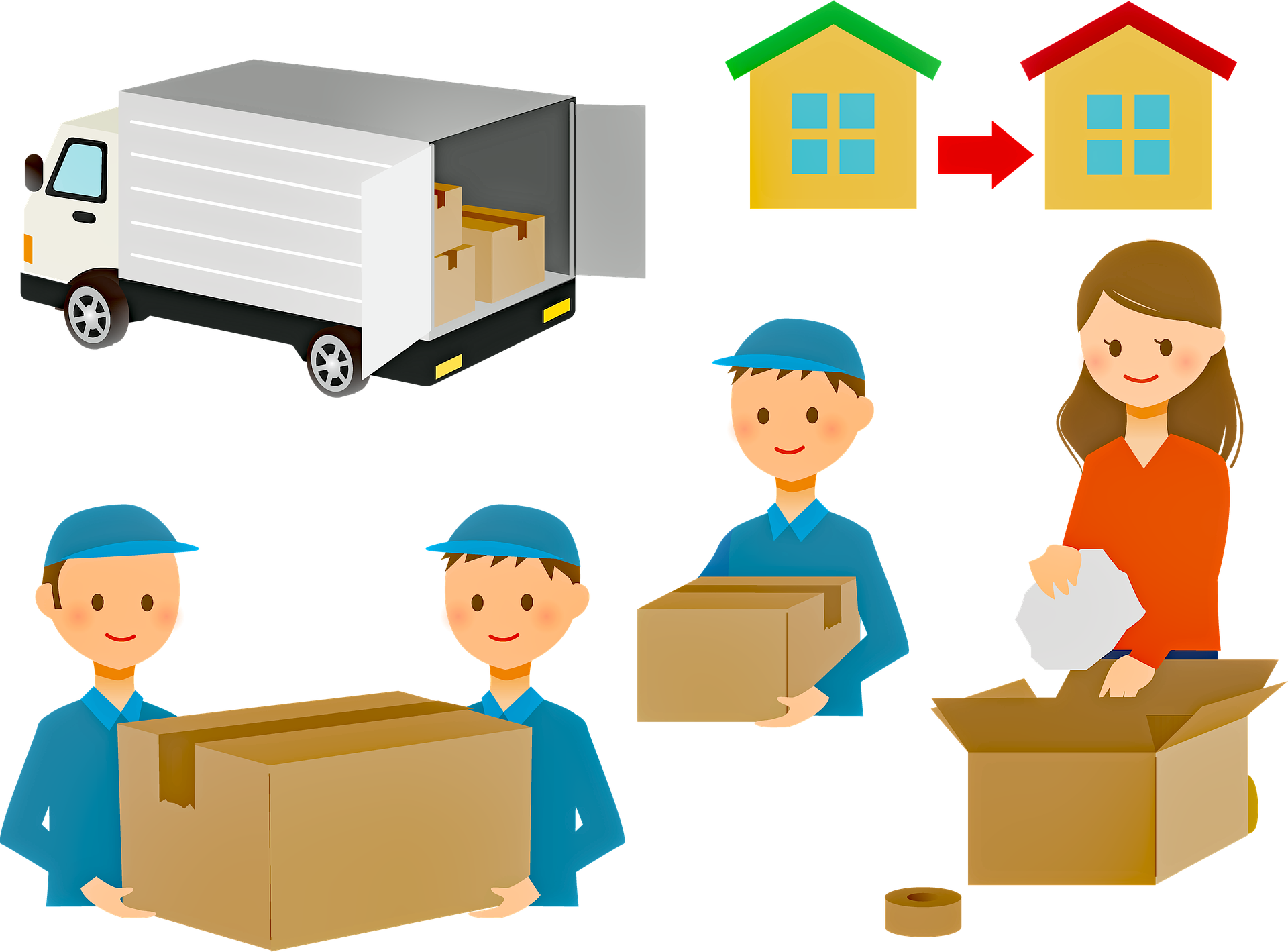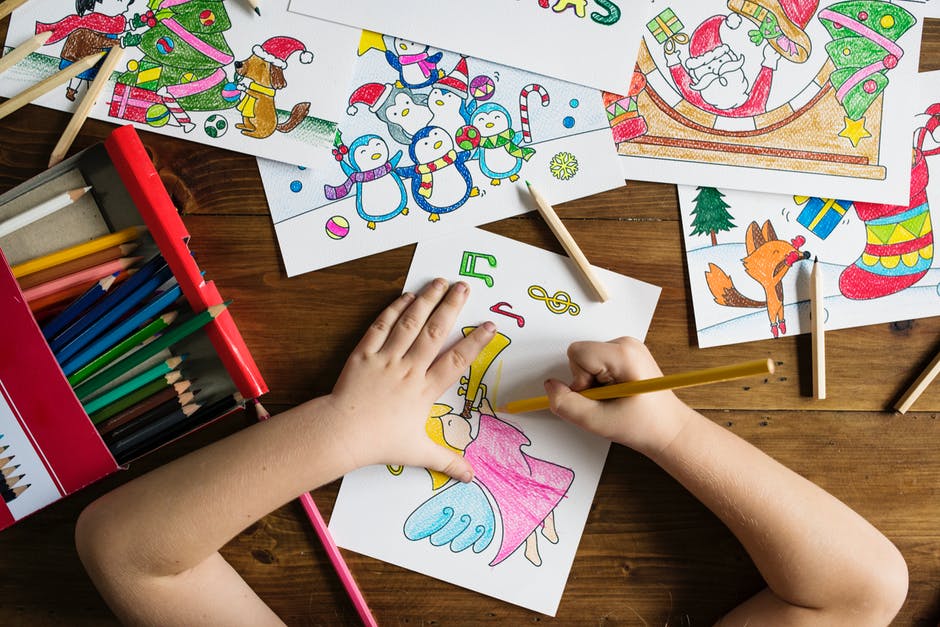Shifting to a new house or relocating to a new place can be exciting. However, the move can be equally challenging considering the amount of work that comes associated with packing your belongings.
Even with the comfort of a portable storage unit that carefully transports your household stuff, you will have to plan how you will be packing things. Forgetting stuff is pretty common, but a proactive approach in packing your belongings can help save you from numerous troubles.
To ease relocating for you, here is a dive into some easy-to-follow tips that can help you pack your mobile storage unit.
1. Craft a plan:
Unfortunately, packing involves much more than gathering and boxing up all of your belongings in any manner that suits you. For instance, all the clothing items go together. You can’t jumble clothing items with your shoe collection and add a layer of stuffed toys over it.
You will need to make a rough outline of what you need to do. Start with deciding which items you want to transport to your targeted destination. Sift through your belongings and check out what you plan to donate.
Once you have separated the items to move from the items to donate or give away, you can start bundling different categories of household items together.
2. Get the packing material:
Your belongings can easily get damaged during transportation. To prevent that, it’s best to load your cart with packing material. Some of the packing essentials that you will need to include quality boxes in various sizes, bungee cords, plastic containers, stretch wrap, bubble wrap, moving bands, appliance wraps, and more.
Blankets and pillows can also help safeguard your belongings. You will need a permanent marker too because labeling packed boxes can help you keep track of your belongings. What’s more, you will need to rent a mobile storage unit for transporting your stuff.
3. Rent a suitable mobile storage unit:
Remember that portable storage containers come in multiple sizes. So, you will have to research the size that you need as per the items that you want to move. To give you an example, ALTA Storage Edmonton, offers containers that are 16 feet in length and 8 feet tall by 7 ½ feet width.
It’s best to discuss your storage needs with the company though, so it can make recommendations regarding the size of the container that you will need.
4. Prepare your belongings for moving:
When packing your stuff, be mindful about using all the space available to you. Pack boxes to their optimal capacity, ensuring that the top and sides of the boxes neither cave in nor bulge out when closed. If there are still small pockets of space left, then fill them up with packing paper.
Seal the bottom of the boxes with tape. Moreover, put the heavy items in small boxes for easy lifting. On the flip side, pack the lightweight items in large boxes. Additionally, use bubble wraps to pack mirrors and pictures.
Similarly, cover your mattresses with mattress covers to prevent damage. Use plastic wrap to pack and protect soft furniture. Don’t forget to tie electrical cords to prevent tripping. Take particular care of your electronics when packing them. Bubble wrap appliances and place them in different boxes.
5. Load your stuff into the portable storage container:
During your packing process, prepare an inventory of all the items, writing out what goes where. While labeling boxes is already a useful move, an inventory will help you keep tabs on your belongings in case you are shifting items in two different containers.
When you get to loading your packed belonging into the container, use all the available space from top to bottom and side to side as well. Don’t load all heavy items in one spot. Instead, distribute the weight of heavy and lightweight items throughout the mobile unit.
At the same time, place the heavy items at the bottom and position lightweight content over it. Also, mix all the small- and large-sized boxes to prevent leaving any spaces. This will assist in reducing the odds of the boxes moving and getting damaged extensively during transport.
Bottom line:
Researchers highlight that 73% of the commonly transported items are household goods with electronic office equipment chipping in 20% to the share of moved goods. Regardless of what you’re shifting though, make sure that you pack your belongings properly to minimize damage.
Read Also:
Feature Image: Source






















